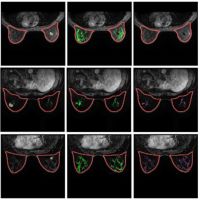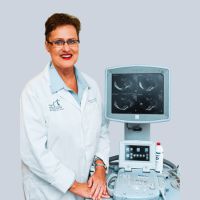In a landmark study spanning two decades, researchers have unveiled pivotal insights into the diagnosis and characteristics of breast cancer in women under the age of 30. This comprehensive analysis, spearheaded by Dr. Sepideh Sefidbakht and her team, marks a significant step forward in our understanding of how breast cancer manifests in younger women, offering new avenues for early detection and treatment.
Breast cancer in young women presents unique challenges, including denser breast tissue which complicates traditional screening methods such as mammography. The study, conducted at a leading breast cancer referral centre in southern Iran, meticulously examined the cases of 342 young women, shedding light on the crucial role of imaging features in diagnosing the disease.
Key Findings
- Hypoechoic mass (70.9%) and posterior shadowing (79.2%) were the most common findings in breast ultrasonography at the time of diagnosis.
- In mammograms, round/oval masses were significantly more common in TN (18%) and Luminal B (11.1%) compared to Luminal A (2.8%) and HER2 (5.3%) (p=0.02)
- In mammograms, microcalcifications were most commonly associated with Luminal B (35.5%) and HER2+ (47.3%) cancers, although the difference was not statistically significant (p=0.31)
- In ultrasonography, 23.1% of patients with HER2+ breast cancer had “no findings”. This clears the importance of performing mammography in young women with palpable lumps and normal ultrasonography.
- In ultrasonography, posterior shadowing was most common in Luminal cancers, and posterior enhancement was most common in TN cancers (p=0.03)
Conclusion
The study highlights that the most common subtype was the Luminal A cancer, with 74% of the tumors being larger than 2cm at the time of diagnosis. Moreover, irregular masses with non-circumscribed margins were the most common imaging findings.
This important study not only enhances our understanding of breast cancer in young women but also paves the way for more effective diagnostic techniques and treatment plans. By highlighting the unique imaging features associated with different molecular subtypes of breast cancer, the research offers invaluable insights for clinicians and radiologists, ultimately aiming to improve outcomes for young patients.
Source: Clinical Imaging



























